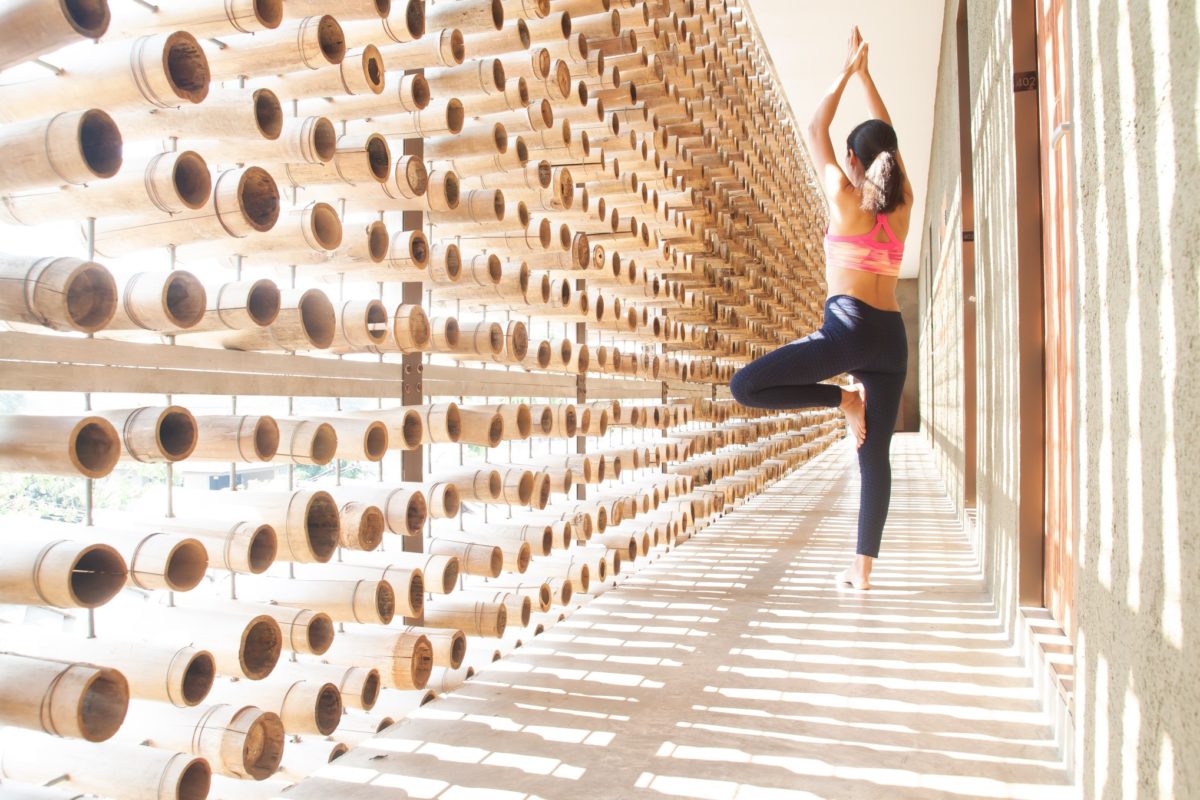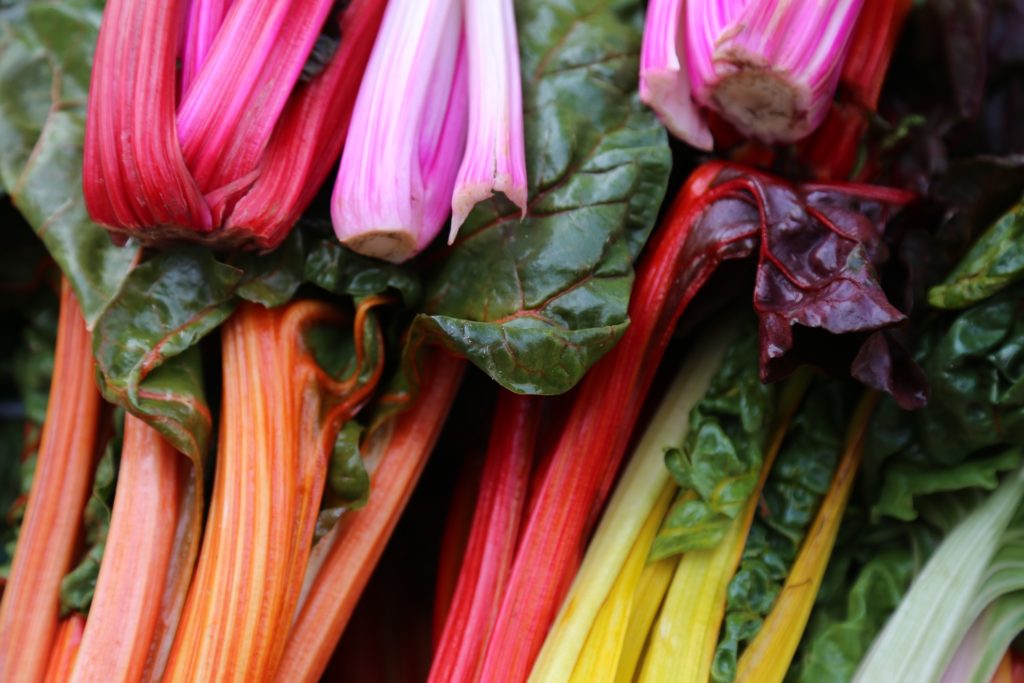As the start of a new year approaches, we – like so many – resolve to be more fit, to eat healthier food, and to achieve serenity. Sure, we’re likely to fall short. But hope springs eternal – and small steps forward are still helpful to our long-term well-being. Wondering how to increase wellness and well-being in the new year? Our correspondent Julie Chang Murphy (kick-boxing instructor extraordinaire) has researched the top new wellness trends you need to know for 2020.
what are the top wellness trends you need to know for 2020?
The concept of Wellness (with a capital W) has become a cultural force, influencing our health care, food and beverage, beauty, travel and technology. For you numbers people out there who need to quantify its significance, that means the Wellness industry is a $4.2 trillion global market, growing nearly twice as fast as the global economy.
If you’ve ever attended a sound bath meditation, signed up for an electric toothbrush subscription, or walked around your kitchen island a hundred times to get those steps in, then you, too, are a member of the Wellness community. And you may be wondering how to increase your wellness and well-being even more in the new year.
Join our community
For access to insider ideas and information on the world of luxury, sign up for our Dandelion Chandelier newsletter. And see luxury in a new light.
Love it or judge it, the active pursuit of self-improvement through physical and mental health is not going anywhere anytime soon.
We scoured the web for insights and information on the latest and newest insights on how to our increase wellness and our sense of well-being in the new year. There’s no magic solution. But there are some really interesting ideas – and some that just sound like fun (we’re looking at you, ).
This year, we’ve experimented with nootropics, researched silent retreats, updated our fitness routines and slathered ourselves silly with CBD lotion. What will we be into next year?
Here are 10 wellness trends that may help set the stage for a more balanced 2020:
1. Bio-hacking
Previously in the purview of Silicone Valley tech millionaires, bio-hacking will become increasingly democratized. But first things first. What is bio-hacking?
Broadly defined, it is the practice of manipulating your brain and body in order to optimize performance, outside the realm of traditional medicine. Also known as DIY biology, it often relies on data gained from genetic, hormone, gut microbiome and other physiological tests. Treatments might include IV drips carefully formulated with electrolytes and minerals according to your specific needs, dopamine fasting, or at its most controversial, gene-editing.
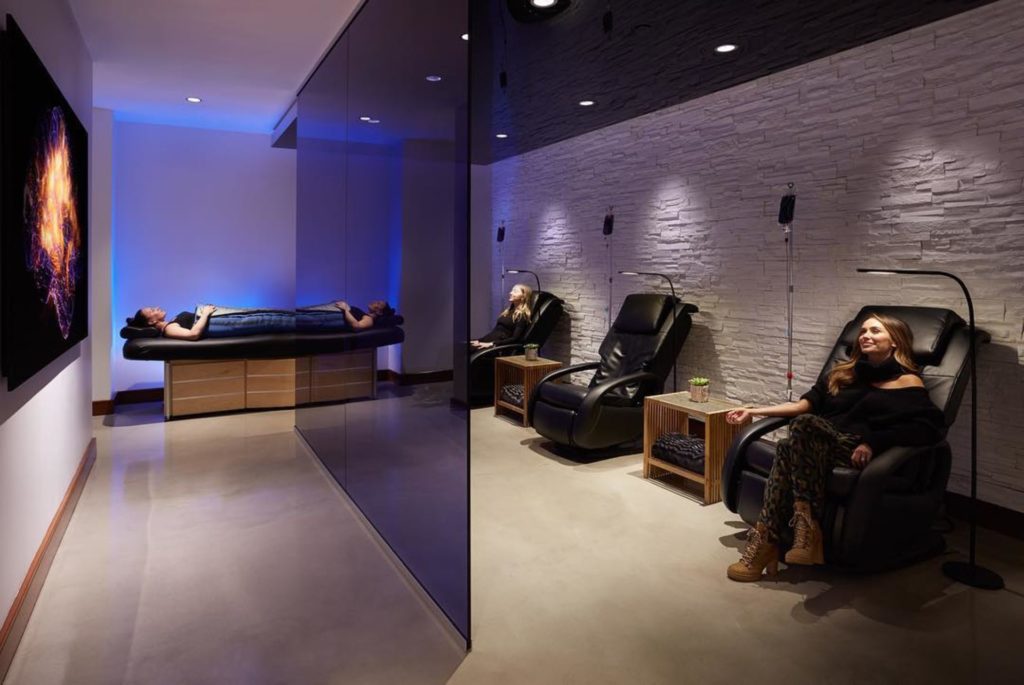
The wellness trends of 2020 you need to know now: Bio-Hacking. Courtesy Photo.
Famed biohacker and Bulletproof founder, Dave Asprey is set to franchise his biohacking lab, Upgrade Labs– a gym for the mind and spirit, this year. Instead of treadmills, there might be an Atmospheric Cell Trainer – a futuristic pod that changes air pressure to create a workout for your cellular energy system. Instead of a juice bar, get a squirt of enzymes via nasal spray. Soon enough we’ll all hack our way to being the ultimate bionic human.
2. NEAT (non-exercise activity thermogenesis)
HIIT workouts, thought still quite popular, have likely had their heyday. For one thing, they’re getting shorter to fit into busy modern schedules and there’s even the new term, micro-HIIT, which are 10- minute workouts you can do 2-3 times a day. And in the past year especially, there has been a focus on the importance of recovery which has paved the way for a focus on innate wellness.

The wellness trends of 2020 you need to know now: NEAT gardening. Courtesy Photo.
The overly technical term of non-exercise activity thermogenesis (NEAT) simply refers to the energy people spend on daily lifestyle activities- sleeping and eating doesn’t count, sorry. Think standing, instead of sitting at your computer, gardening, chasing after the children or running around the mall on Black Friday. We’ll be seeing more of an emphasis on daily wellbeing through small changes in our habits. It’s part of the Macro-trend of JOMO (Joy of Missing Out…more on that later), and prioritizing a measured, long term approach to wellness.
3. Psychedelic Medicine
At Gwyneth Paltrow’s GOOP Health Summit this past Spring in New York City, there was a much reported upon panel on psychedelic medicine hosted by doctors who presented their research on using micro-doses of ketamine to help patients with depression. In a New York Times interview, Paltrow, arguably the originator of the modern wellness movement, reveals that the next big thing in wellness is “how psychedelics affect health and mental health and addiction will come more into the mainstream.”
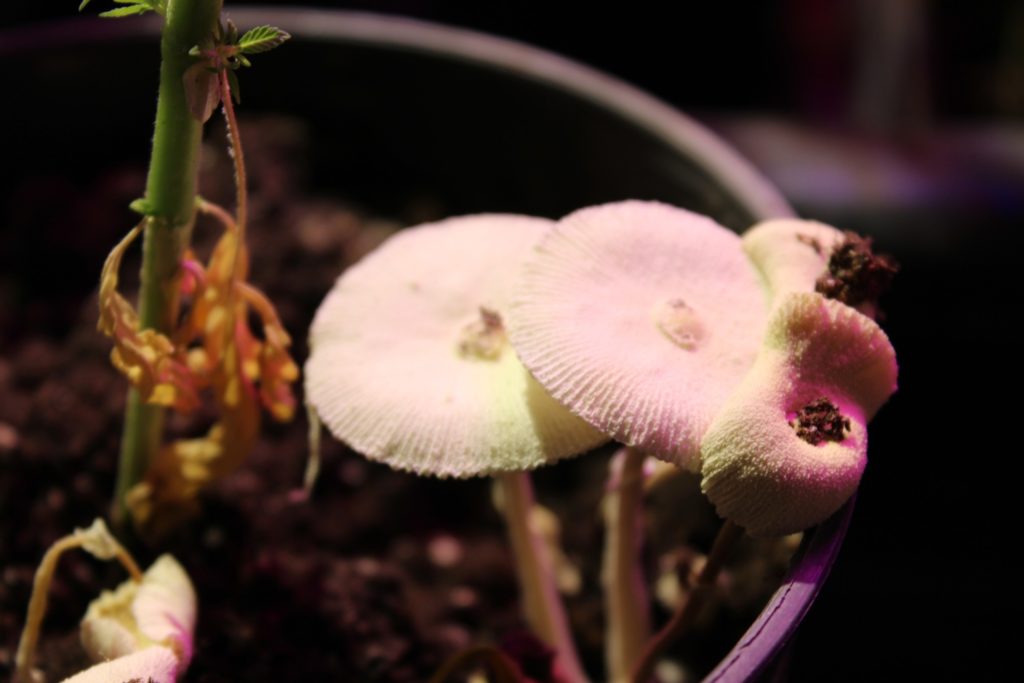
The wellness trends of 2020 you need to know now: Psychedelics. Courtesy Photo.
This is in line with Silicon Valley’s embrace of microdosing LSD and psilocybin (magic mushrooms) for creativity and productivity, and even mainstream books on the subject – the most notable, “How to Change Your Mind” by Michael Pollan. And this past August, studies showed MDMA (ecstasy) successfully treating PTSD. Researchers are now aiming for approval by the Food and Drug Administration, which granted breakthrough therapy status to MDMA-assisted psychotherapy in 2017. For those of us who grew up in the 80’s Just Say No era, did you ever think you’d see the day?
4. Holotropic Breathwork
Then again, maybe all people need to do is learn how to breathe. Breathing and meditation apps abound to assist in calming the mind and de-stressing. This year, we will see the rise of holotropic breathwork, a form of therapeutic breathing to access altered states of consciousness and obtain spiritual enlightenment.

The wellness trends of 2020 you need to know now: Holotropic Breathwork. Courtesy Photo.
This method of conscious breathwork is rooted in ancient yogic and spiritual practices which have long used controlled breathing to shift energy and states of mind. The breathing pattern involves taking short, fast-paced, rhythmic breaths followed by long, deep inhalations and exhalations. Usually the practice is supported by meditative music and a practitioner, who will direct the breathing sessions. The sessions typically last 2-3 hours. I’m getting dizzy just thinking about it.
5. Bespoke Supplements
“One size fits all” seldom placates any consumer, especially when it comes to healthcare. With the ubiquity of fitness trackers and DNA testing kits, increasing personalization is the name of the game.
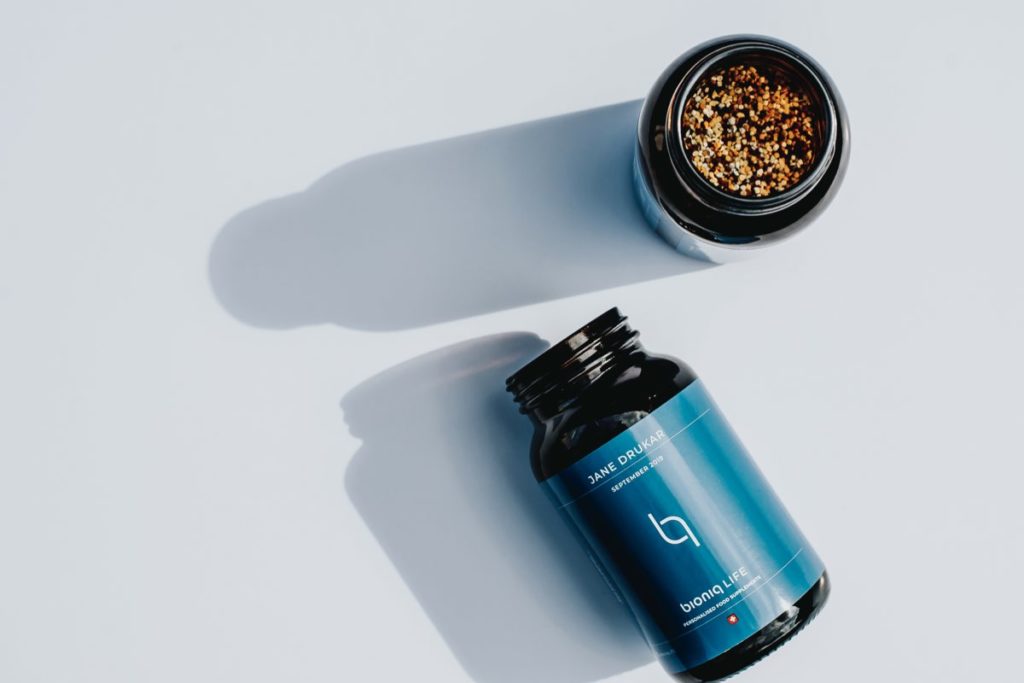
The wellness trends of 2020 you need to know now: Bespoke supplements. Courtesy Photo.
Companies like Bioniq and Baze collect at-home blood samples and with the help of a questionnaire and consultation with a registered nutritionist or dietician, a personalized blend of supplements is created to cater to the client’s nutrient levels and lifestyle. With more than 70% of Americans taking some kind of daily vitamin, often at the recommendation of a physician, but also friends and even, celebrities, customized supplements backed by science just might have a long shelf life.
6. Intermittent Fasting
One of the true predictable things in life is that every few years, there will be a new diet fad. Atkins, Zone, South Beach, Keto, Paleo…most people can probably recall them without much effort which is a testament to how much they penetrate the mass culture. Next up? Intermittent fasting.
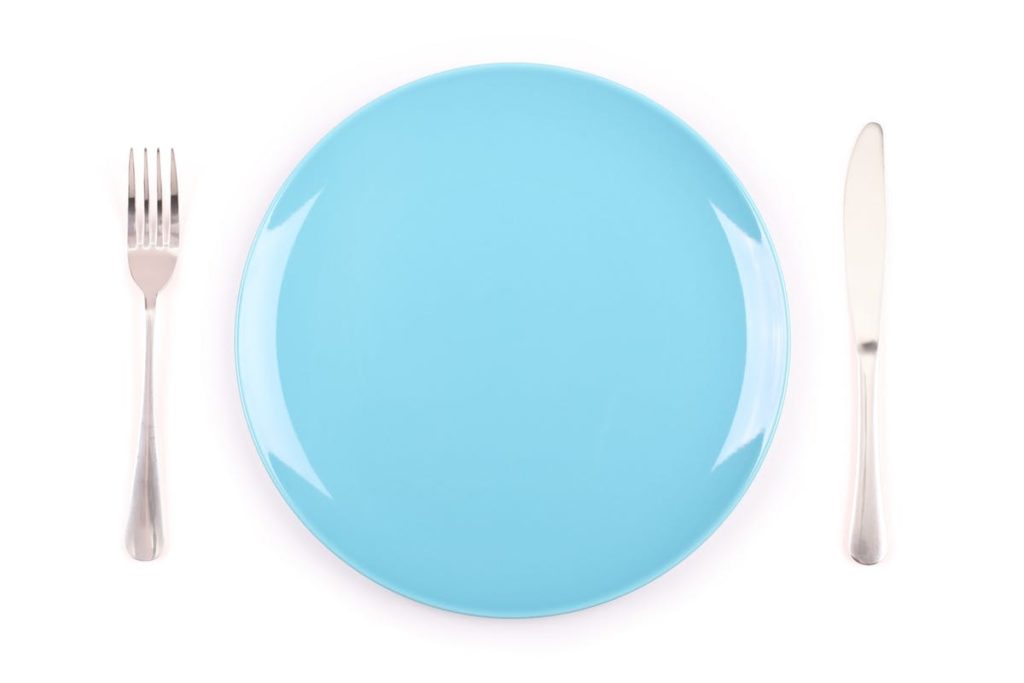
The wellness trends of 2020 you need to know now: intermittent fasting. Courtesy Photo.
Like Paleo, it traces its philosophical roots back to the way our hunter-gatherer ancestors ate. Because food was not always available, humans evolved to function without sustenance for extended periods of time. The most popular patterns are: 1) The 16/8 method which restricts eating to a period of 8 hours and then fasting for 16 hours. Highly recommended for non-breakfast eaters. 2) Eat-Stop-Eat involves fasting for 24 hours once or twice a week. 3) The 5:2 Diet allows normal eating for 5 days and then a consumption of only 500-600 calories on 2 non-consecutive days.
These diets are said to increase metabolism, decrease insulin resistance and inflammation and aid in cell renewal. They are also known to annoy your friends who try to make dinner plans with you. Solution? Get everyone to fast on the same days!
7. Mushrooms
Move over kale and cauliflower based everything, there’s a new superfood on the rise. The humble mushroom. Mushrooms have had a long standing role in East Asian medicine and in 2020, will making their way into our supplements and grocery carts as more and more people eat plant-based meals.
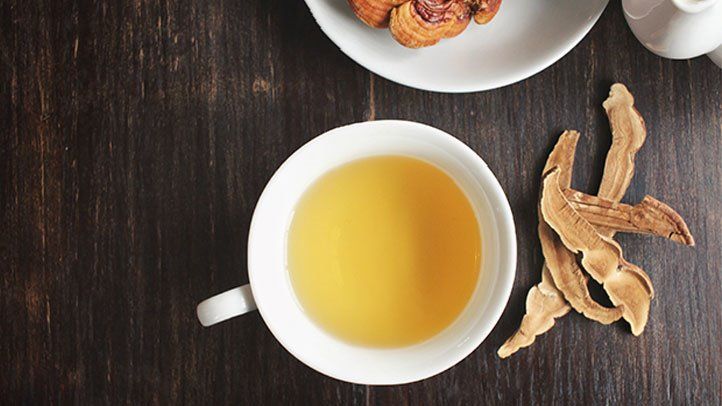
The wellness trends of 2020 you need to know now: mushrooms. Courtesy Photo.
Familiar types of edible mushrooms (Shiitake, Portobello, Crimini) pack a nutritional punch of vitamins B, D, and C. And lesser known varieties such as Reishi, Cordyceps, and Lion’s Mane have been touted by the Wellness community as powerful adaptogens that can benefit brain health and performance. With all the various ways to consume mushrooms- in a tea, supplement or burger, this just might be the year you grow to love mushrooms even if you’ve never been a fan before.
8. Sleep
Whenever I ask anyone, “How are you,” 7 times out of 10, the response is, “Tired.” Turns out they’re not just being uncreative with their responses. The CDC now considers sleep deprivation to be a national health epidemic. We all know that a lack of good sleep affects brain function, mood, motivation, physical appearance, and mental health. And so does worrying about not getting that deep, sound sleep!

The wellness trends of 2020 you need to know now: sufficient amount of sleep. Courtesy Photo.
There are a whole host of new tech products to help us sleep from sleep trackers, blue-light blocking screen protectors, ear buds and smart pillows. The elite gym, Equinox, even offers “sleep coaches” for its members. Dedicated studios and spaces like recharj and Nap York provide state-of-the art napping facilities with a monthly membership. Sounds like my kind of club! Expect even more awareness surrounding sleep and businesses that cater to making sure we all get more of it.
9. Plantivore
According to The Economist, a quarter of 25- to 34-year-old Americans identify as vegans or vegetarians. Could it be that they have grown up with better tasting and more accessible meat alternatives that keep getting more and more delicious? Even food giants like McDonald’s sell a McVegan Buger and chains like TGI Friday’s and Burger King sell Beyond Meat’s realistic patties.

The wellness trends of 2020 you need to know now: plant-based foot. Courtesy Photo.
UK-based Moving Mountains, has launched a plant based banger that looks and sizzles like real pork sausage. Good Catch is innovating in the seafood area, making tuna from legumes. New Wave Foods produces a realistic shrimp, not made with soy but with algae extracts blended with a proprietary protein recipe. This coming year should see more innovation and most importantly, desirability and acceptance of these meat alternatives. Climate change is happening but we still might be able to have our “meat” and it eat too.
10. Joy of Missing Out
Call it the Marie Kondo effect, but minimizing isn’t just about our closets. One of the toughest habits to break might require breaking up with our technology. Social media channels such as Facebook, Instagram, and Twitter have created FOMO, fear of missing out. A filtered image of your 8th grade rival’s breakfast (so basic), the latest political news (and you didn’t think it could get any worse), a viral meme (now, that was actually funny) all hit those dopamine triggers and make us addicted to our screens. Now there are apps to track our usage time so we don’t go down the rabbit hole again. And as awareness grows about screen time being associated with higher levels of depression, more and more people might consciously step away from the likes and emojis in cyberspace and find them in real life.
the top wellness trends you need to know for 2020
Those are our top 10 Wellness Trends that we see peaking in the new year. I don’t know about you but there is one in particular that I can see incorporating into my life right now – if only my children would cooperate and stay in their own beds.
join our community
For access to insider ideas and information on the world of luxury, sign up for our Dandelion Chandelier newsletter here. And see luxury in a new light.

Join our community
For access to insider ideas and information on the world of luxury, sign up for our Dandelion Chandelier newsletter. And see luxury in a new light.

